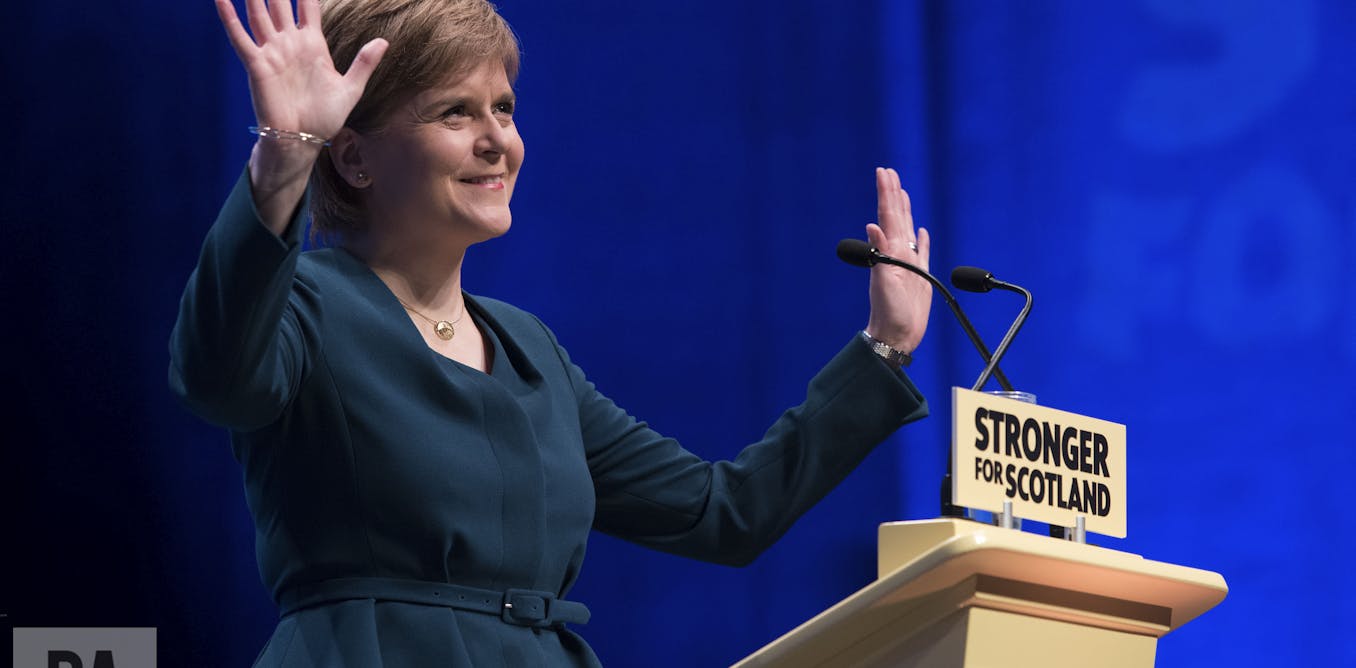
- Select a language for the TTS:
- UK English Female
- UK English Male
- US English Female
- US English Male
- Australian Female
- Australian Male
- Language selected: (auto detect) - EN
Play all audios:
The National Archives of Australia today released selected federal cabinet records for 1990 and 1991. They reveal intense battles over Australia’s domestic climate targets and, above all, a
palpable determination that Australia not damage its coal revenue. Déjà vu? In March 1990 Bob Hawke won, with help from green-minded voters, an unprecedented (for Labor) fourth federal
election. However, all was not well in his cabinet, with the economy in trouble (“the recession we had to have”) and Paul Keating circling for the top job he’d been promised. Despite these
issues, and others (Saddam Hussein’s invasion of Kuwait), the “greenhouse effect”, as it was then known, remained a hot potato, with strong public interest and growing international pressure
for a climate treaty. MOVING TARGETS An August 1990 Treasury paper on “Costs and Benefits of Options to Respond to Climate Change” is revealing, assessing the strengths and weaknesses of
existing economic modelling. With the Department of Primary Industry and Energy leading the charge, all but one government department wanted to defer the setting of a domestic emissions
target for a year. The lone voice for action was the environment department (then known as DASETT), which was clearly and consistently out-gunned and left out of informational loops. Led by
Ros Kelly, outnumbered in a male-dominated cabinet, the department made an appeal to the testosterone of the Hawke team: > The Toronto target [a target of 20% below 1988 by 2005 suggested
at > the first climate conference ever] has been accepted by NSW, > Victoria and ACT. The Commonwealth cannot be seen to be weak by > comparison. This appeal, together with
tactical moves by prominent environmental groups, succeeded. Australia adopted an interim planning target for a 20% cut by 2005, with provisos. How has that worked out? Well, this graph
below tells you all you need to know. DOUBTING THE SCIENCE A November 1991 briefing called “Negotiations for a Convention on Climate Change”, written by a clear-eyed diplomat, warned: >
The science of climate change is complex and there are still areas > of uncertainty: some countries (including the US, China and the > USSR) exploit this to negotiate for minimal legal
obligations. The briefing counselled that: > The dominant ideologists of the South India, China, Malaysia and > Mexico - have seized on the Climate Change Convention negotiations >
as a new opportunity to achieve the Third World objectives of the > 1970s and 1980s. The diplomat warned that Australia, as a “middle power”, was going to need credibility (emphasis
added): > Maintaining our willingness to contribute our “fair share”, and > strengthening our capacity to enunciate this in practical ways, is > very necessary to reinforce
Australia’s credentials in the > negotiations, AND HELP TO DEFLECT CRITICISM OF “SPECIAL > PLEADING” ON FOSSIL FUELS. Fortunately, > a cost-effective option for Australia to reduce
its emissions may be > through technology transfer or projects which reduce emissions in > developing countries. Which brings us neatly to the question of “clean coal”. A September
1991 submission, “Measures to Reduce Greenhouse Gas Emissions”, put forward by the ministers for primary industries and energy, transport and industry shows that A$105,000 was set aside to
“cover airfares, accommodation and a meal allowance for up to 18 Asia-Pacific developing country delegates” to a clean coal conference in Sydney, organised by the Australian Coal
Association. The justification was that, “The Conference and this program of sponsorship will be an important element in the development of new markets for Australian coal and coal use
technologies.” WHAT GOES AROUND? What do we learn? The cabinet papers show that the political elite have been talking about selling Australia’s relatively “pure” coal as a contribution to
climate mitigation for 25 years. More recently, Coalition politicians have emphasised the vital role of Australian coal in development. These sentiments echo Peabody Energy’s “Advanced
Energy for Life” campaign. These include: * The then prime minister, Tony Abbott, opening BMA’s Caval Ridge mine, proclaiming “coal is good for humanity”. * Energy Minister Josh Frydenberg
claiming a “strong moral case” for Adani’s Carmichael coal mine * Environment Minister Greg Hunt defending approval of Adani’s Carmichael mine because Australia is not “neo-colonialist”. *
Foreign Minister Julie Bishop’s award-winning speech at Paris, claiming that “coal will remain critical to promoting prosperity, growing economies and alleviating hunger for years to come”.
However, it hasn’t just been the Coalition. As a Greenpeace campaigner pointed out in 2009: > On the eve of the announcement of the CPRS [Carbon Pollution > Reduction Scheme, an
emissions trading scheme], painted as the big > policy solution to Australia’s carbon emissions, Queensland > Premier Anna Bligh unveiled plans for a $5.3 billion expansion of > her
state’s export coal capacity. While spruiking that ill-fated CPRS package, the then prime minister, Kevin Rudd, found time to get his shovel out for a photo-op at an export-infrastructure
expansion in the Hunter Valley. And one of the first acts as prime minister by Julia Gillard, the one person who succeeded in shepherding through legislation that briefly made a minor
difference to energy emissions, was boosting the export of brown coal. Politics is, after all, the art of the possible. And the only possible climate frame for most Australian politicians,
for a generation, has been maintaining the appearance of ambition on climate change without damaging Australia’s coal industry. That hasn’t changed, but our chances of avoiding the
consequences of climate change have.







